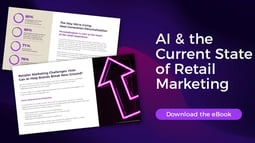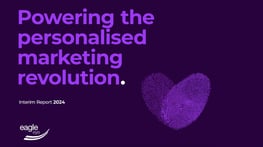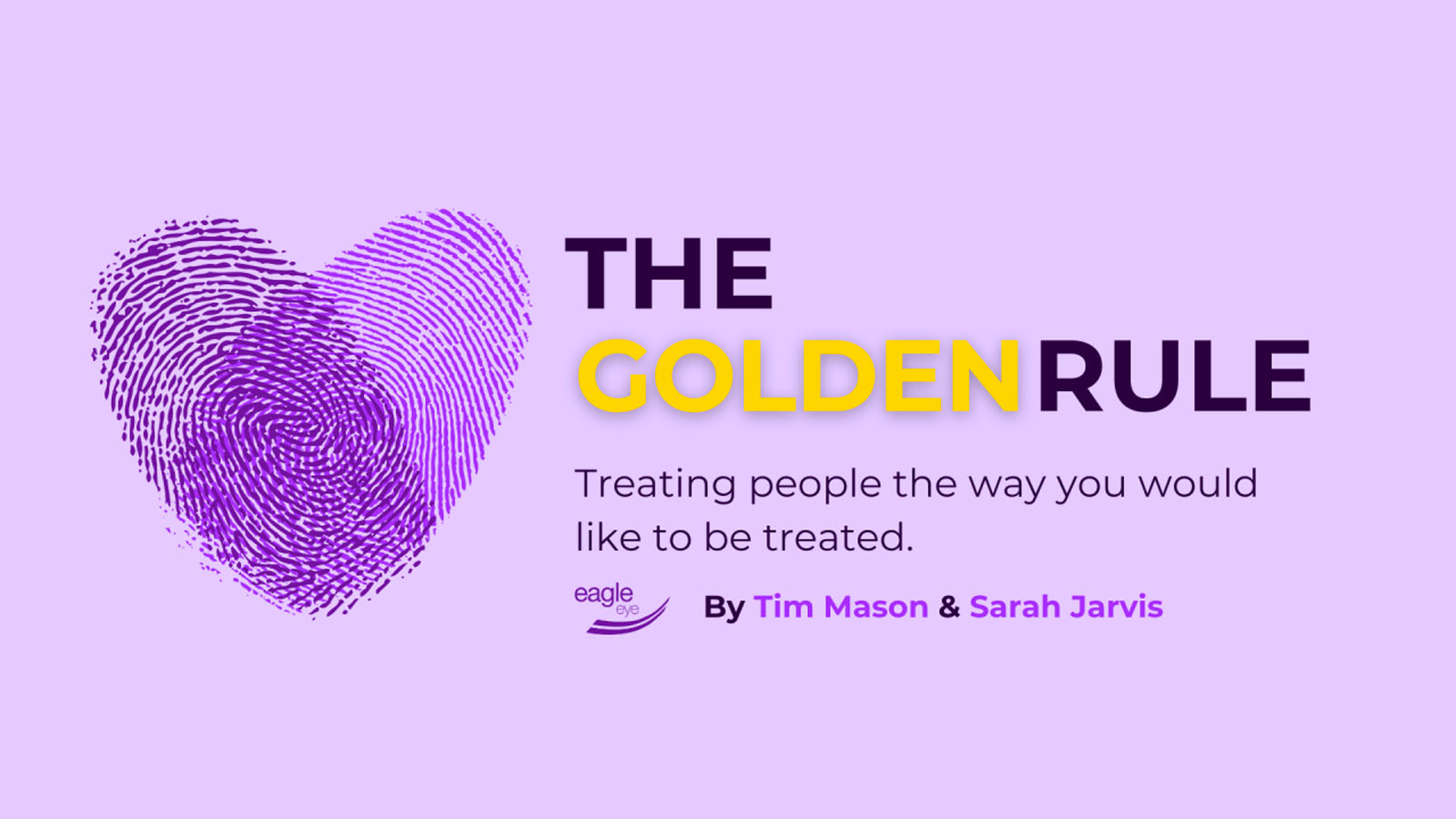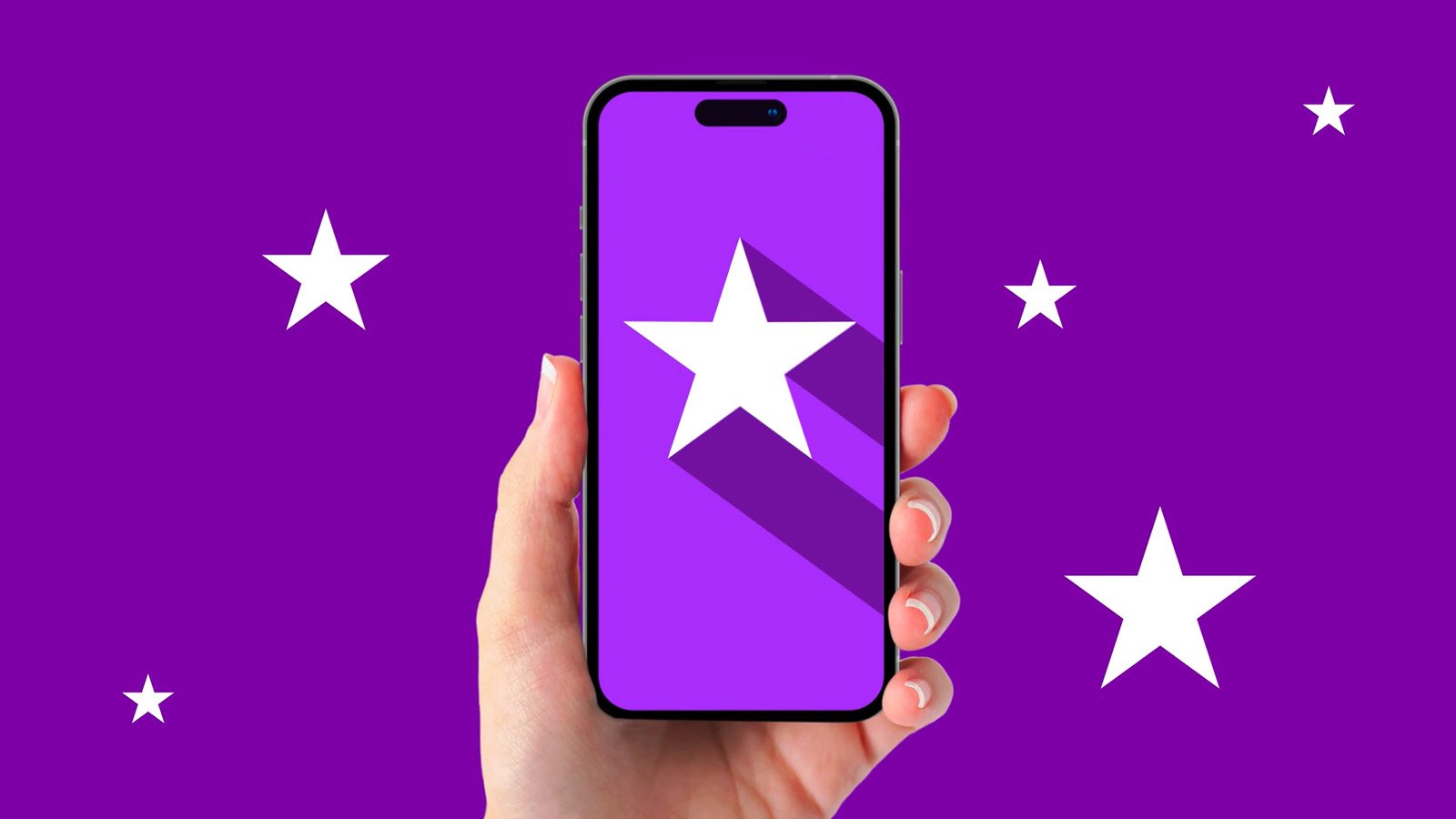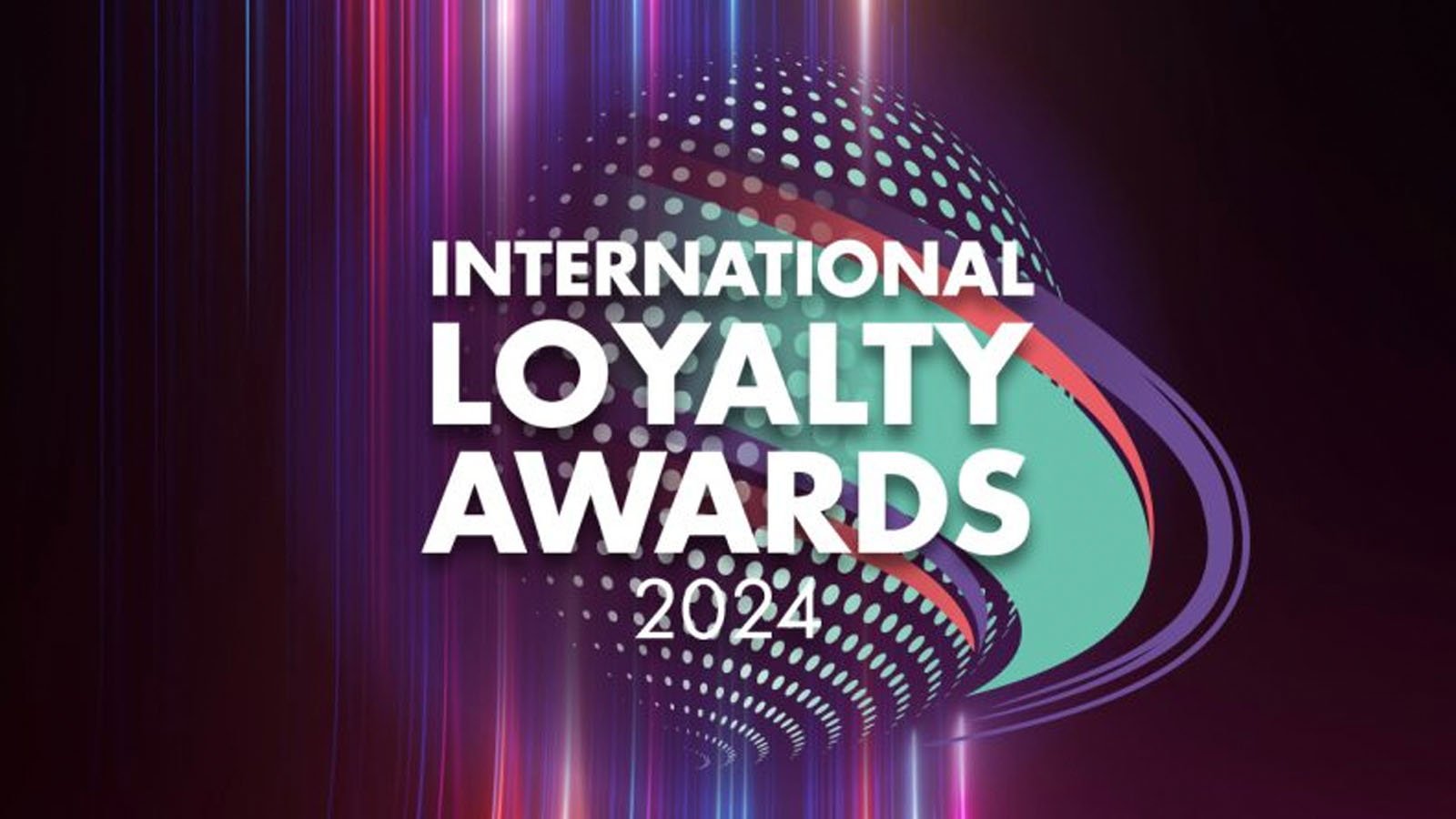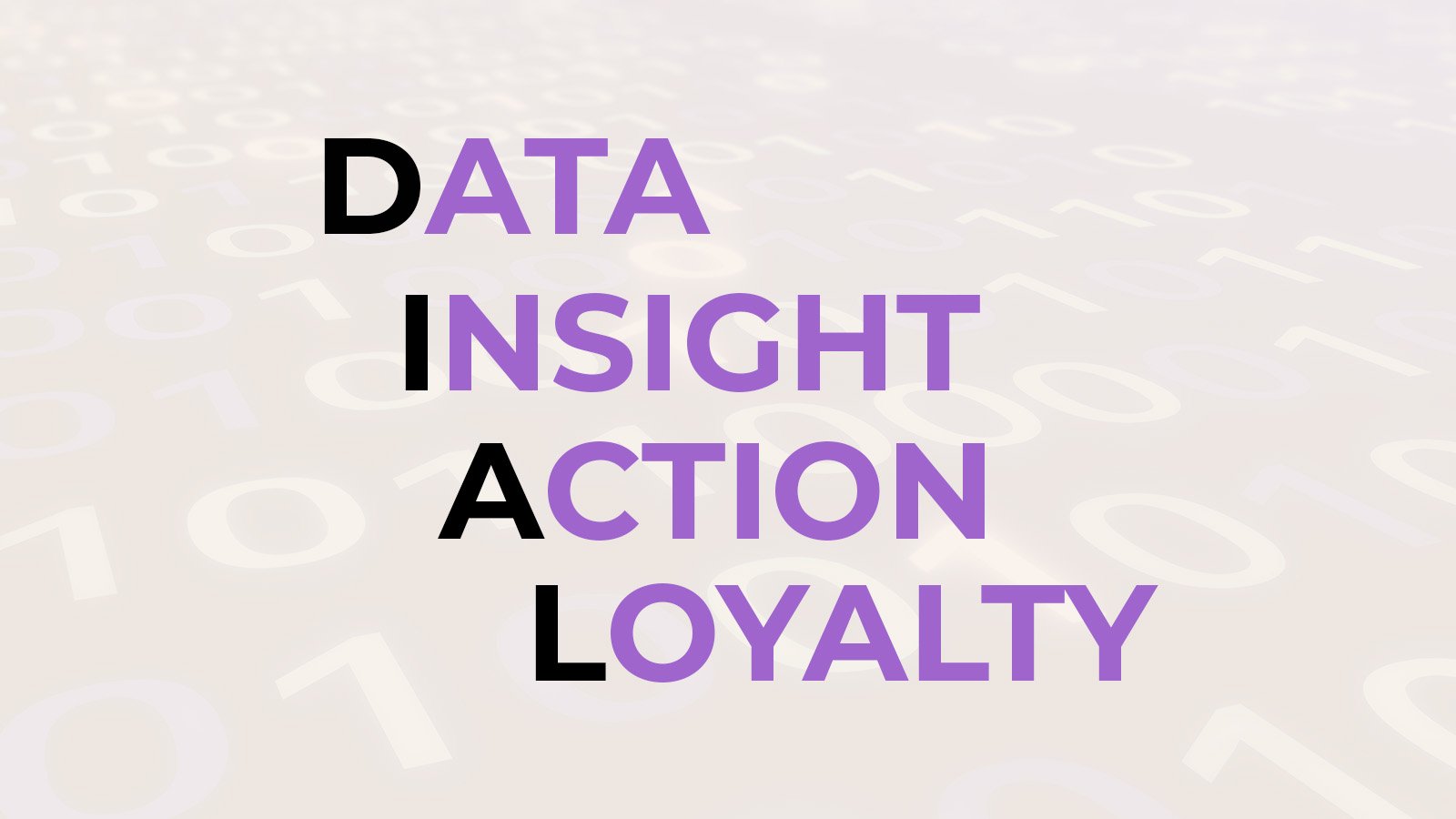4 min read
Blog #3: Following the Golden Rule to place your employees at the heart of your organization
Hello again, and welcome to our third Golden Rule post! Whether you're a newcomer or need a quick refresher, here’s what we outlined in our first two posts…
Read More

